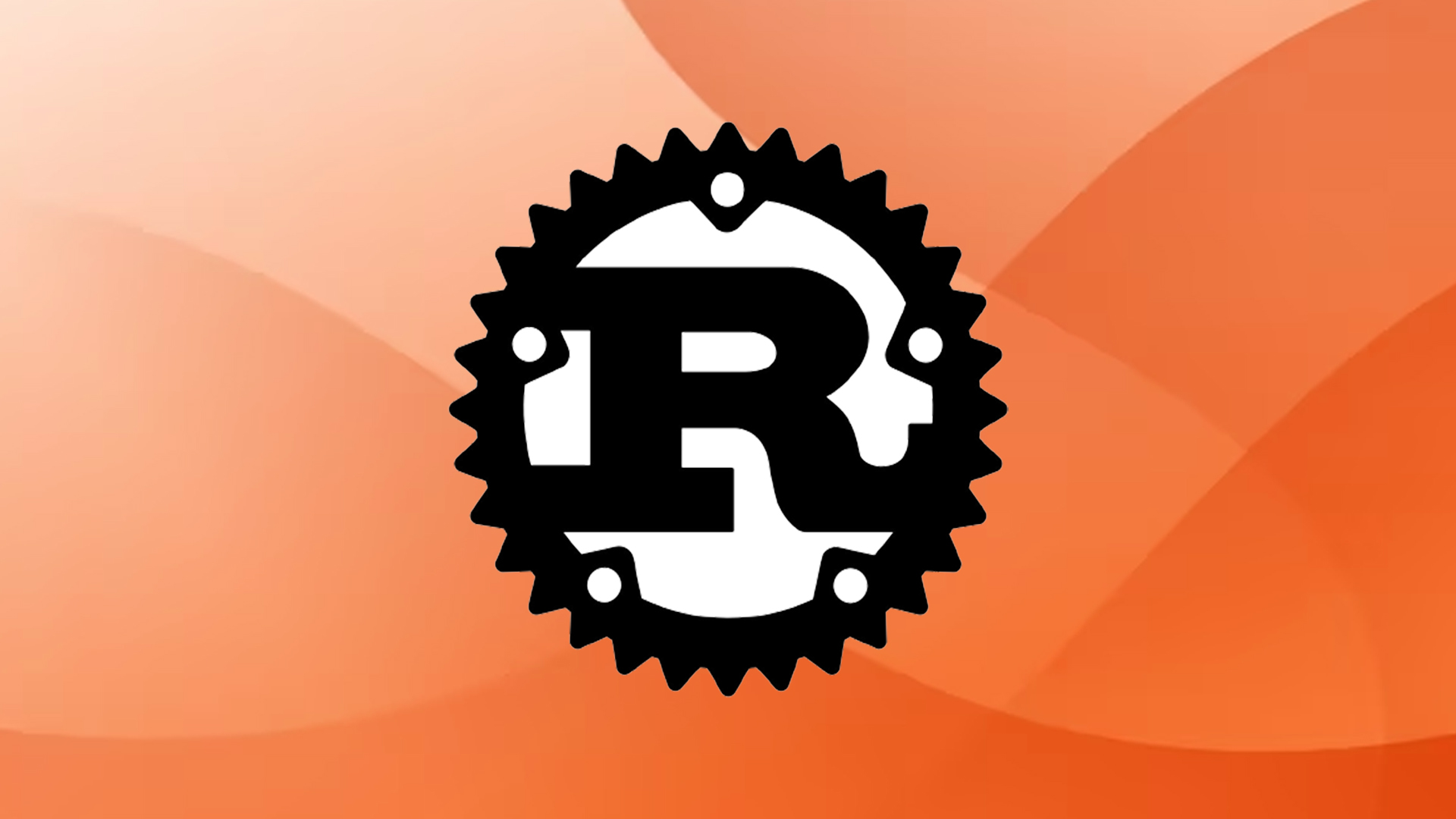- Rust’s soaring popularity can be attributed to its exceptional features, including a strong emphasis on safety, impressive speed, and expressive capabilities.
- The 2022 Stack Overflow Survey shows Rust as the top choice for professional developers, with an extraordinary 300% increase in Rust developers in the last two years.
Being a relatively new language, Rust remains dynamic, with ongoing active development and continuous improvements, ensuring a cutting-edge and feature-rich environment for developers. It is one of the languages with the fastest execution times and needs the lowest memory. This blog will lead you through the process of knowing Rust programming step-by-step.
What is Rust?
Rust has rapidly become a widely embraced and contemporary systems programming language due to its core emphasis on safety, performance, and concurrency. Developed by Mozilla Research and introduced in 2010, it has garnered considerable popularity within the programming community.
The primary goal of Rust is to empower developers to craft reliable and efficient code, especially for applications demanding precise management of hardware and system resources.
Why Learn Rust?
The Compelling Reasons to Embrace Rust Programming
-
Embraced with Love
Rust has won the hearts of developers worldwide, with an impressive 87% favorability rating in the Stack Overflow survey.
-
Warm and Supportive Community
Engaging with the Rust community is a delightful experience, as enthusiasts extend their helping hand whenever you need it.
-
Exponential Growth
As one of the fastest-growing programming languages, Rust is meticulously crafted to meet the demands of modern development.
Rust’s Basic Syntax and Concepts
Here are some of Rust’s unique concepts:
-
Ownership and Borrowing
-
-
- Rust’s ownership system is a central concept, ensuring memory safety and preventing data races.
- Each value in Rust has a single owner, and ownership can be transferred using simple assignments.
- To pass references to data without transferring ownership, Rust uses the concept of borrowing, where variables can borrow regard to data temporarily.
-
-
Control Flow
-
-
- Rust supports standard control flow structures like if-else, loops (while and for), and match expressions for pattern matching.
- The match expression is compelling and allows you to handle multiple cases concisely.
-
-
Functions
-
- Rust functions are defined using the “fn” keyword, and you need to specify the input parameters and return types explicitly.
- Rust functions can also return multiple values using tuples.
Key Attributes of Rust
Rust has emerged as a prevalent programming language, offering a range of compelling features that contribute to its widespread adoption:
-
Concurrency
Rust’s support for concurrent programming is a standout feature. It includes lightweight, low-level threading with the “std::thread” module and high-level abstractions like “async/await” for asynchronous programming.
-
Pattern Matching
Rust’s pattern matching, known as “match,” allows developers to handle different cases concisely and expressively. It’s a powerful tool for working with enums and managing complex data structures.
-
Error Handling
Rust uses the “Result” and “Option” types to promote a robust error-handling mechanism. This approach encourages developers to handle errors explicitly and gracefully, reducing the likelihood of unexpected crashes.
-
Traits
Traits are similar to interfaces in other languages, enabling developers to define shared behavior for different types. They are crucial in achieving code reusability and generic programming in Rust.
Conclusion
Rust has emerged as a robust and secure programming language, praised for its remarkable performance and concurrency capabilities. Its stringent memory safety guarantees and user-friendly syntax make it ideal for systems programming and beyond. As beginners embark on their Rust programming journey using this guide and other learning resources. In the ever-changing world of software development, they can open up many possibilities.
